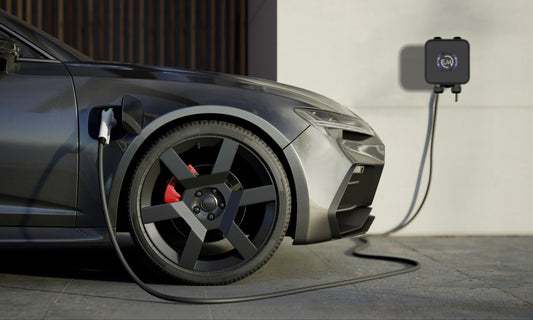
OASEES: Open Autonomous programmable cloud appS & smart EdgE Sensors
The OASEES project aims to directly address these challenges, by delivering and promoting a European, fully open-source, decentralized and secure Swarm programmability framework for edge devices and leveraging
various AI/ML accelerators (FPGAs, SNNs, Quantum), while supporting a privacy preserving Object ID federation process.
The massive increase in device connectivity and generated data has resulted in the proliferation of intelligent processing services to create insights and exploit data in a multi-modal manner. Currently, the most powerful data processing operates in a centralized manner at the cloud, which provides the ability to scale and allocate resources on demand and efficiently. Centralized processing and cloud hosting, bound and limit their services and applications to operate in a resource restricted manner, relying usually on large single entities to provide: i) Authentication, ii) Data storage, iii) Data processing, iv) Connectivity, v) Vendor-locked environments for development and orchestration. This significantly limits the user from its data governance and even identity management. Similarly, existing solutions for edge device authentication require a centralized entity to trust them and authenticate them, rendering a non-portable identification paradigm. OASEES aims to create an open, decentralized, intelligent, programmable edge framework for Swarm architectures and applications, leveraging the Decentralized Autonomous Organization (DAO) paradigm and integrating Human-in-the-Loop (HITL) processes for efficient decision making. The OASEES vision is to provide the open tools and secure environments for swarm programming and orchestration for numerous fields, in a completely decentralized manner. An important aspect in this process is identification and identity management, in which OASEES targets the implementation of a portable and privacy preserving ID federation system, for edge devices and services, with full compliance and compatibility to GAIA-X federation and IDSA trust directives and specifications. This situation solidifies the need for an integrated enabler framework tailored to the edge’s extreme data processing demands, using different edge accelerators, i.e. GPU, NPU, SNN and Quantum. OASEES will be fully open-sourced, and its capabilities will be demonstrated in a diversity of proof-of-concept (PoC) deployments in six highly relevant vertical applications. The Open-source community will also be invited to leverage its capabilities for building and managing innovative edge services. OASEES envisions a holistic approach for edge data processing, aiming to disrupt current practices which heavily rely on non- European cloud AI data processing, and push AI training and inference at the edge of the network, while being vertical agnostic. EMOTION will be involved in the Italian pilot, located 110 km north of Roma, in Terni; it will be hosted by ASM, the local municipality-owned electricity network operator, which operates the electricity network and supports the local municipality for e-mobility plans. Due to high shares of intermittent RESs in the Terni’s area, as and increased electrification of demand, significant power network congestions take place in the ASM operated electricity grid, which may be dealt with without any grid reinforcement by leveraging on mobilizing flexibility and stabilization services from local energy consumption stationary (including smart home consumption IoT flexible devices, smart substation devices for decentralized grid monitoring, smart EV recharging stations), and on-the-move-assets(EV fleets). Moreover the electricity produced by renewable sources (PVs) is fed into the low voltage (LV) electricity network. Most of this electricity will be normally consumed by energy customers (i.e. houses, offices, etc). However, surplus of generated power would generate reverse power flows through the LV distribution network substation. The electricity distribution network is designed to handle only unidirectional electricity flows, thus reverse flows may generate significant issues. To avoid this abnormal operation, electrical vehicles (EV) will be offered via EMOTION fleet operator platform, significant benefits to match their EV charging needs with the network time and space requirements. EMOTION fleet operator platform will be communicating from one hand with the ASM electricity network operator grid monitoring platform and on the other side with the EV drivers. The real-field pilot will demonstrate the capability of deploying and coordinating in a scalable yet near real time way the operation and management of swarms of IoT-based devices (e-vehicles), which will be coordinated and programmed through the OASEES SDK and orchestration platform. EMOTION EV fleet operator and respective EV drivers community manager, will optimize EVs’ recharging schedule to address local technical requirements from the electricity grid operator (ASM), in presence of local congestion, or local planned or unplanned maintenance of electricity grid branches. The pilot will include smart stationary assets, such as smart meters, and smart recharging stations, and a fleet of 15 Electrical Vehicles (EV) in the area of Terni (Italy).






